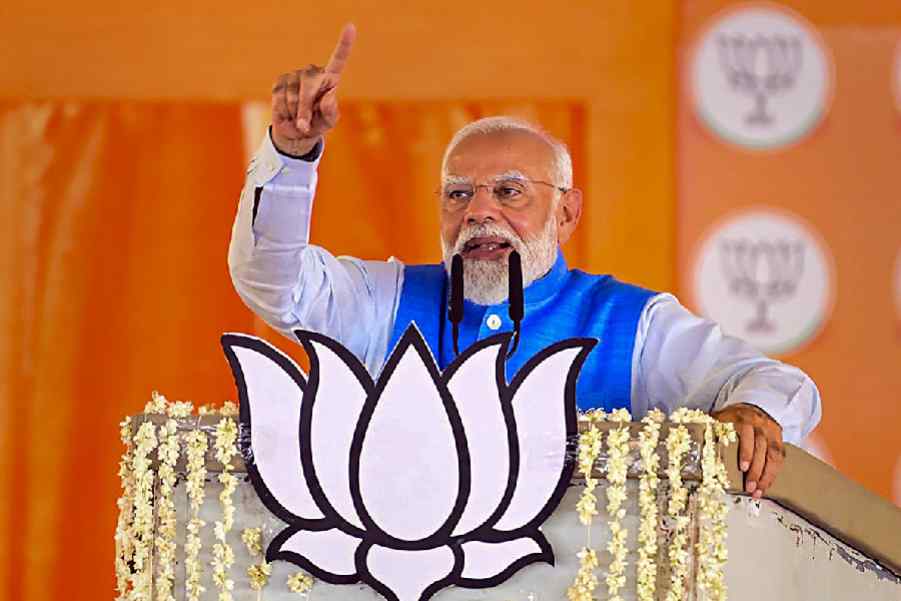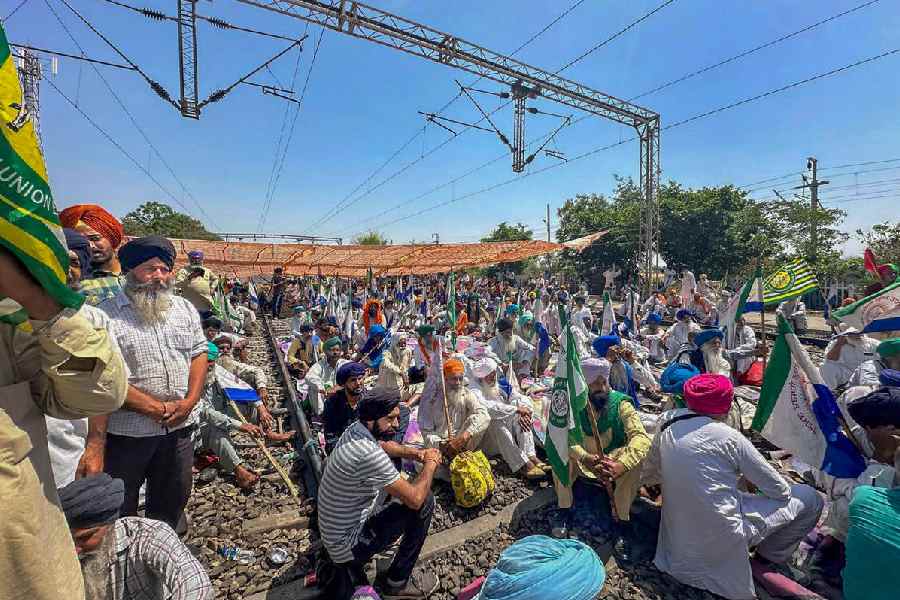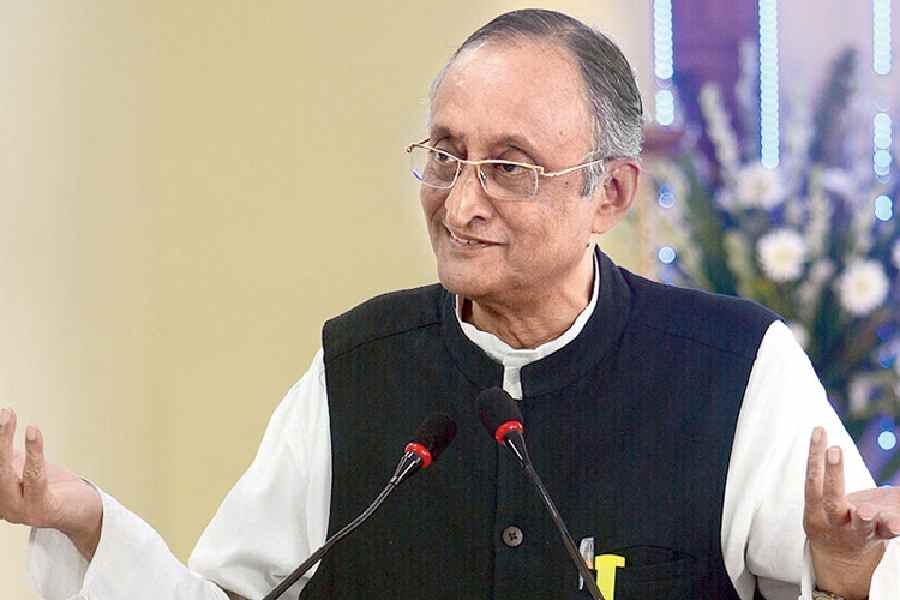A little over a quarter-century ago, through that strange alchemy of the classroom, two young men studying for their undergraduate degrees became the best of friends. Their backgrounds could not have been more dissimilar — one was the son of a small farmer belonging to a scheduled tribe, the third of seven children, whose eldest brother was illiterate and whose second brother could barely sign his name; the other young man, the only child of well-settled, upper caste, middle-class parents, came from a family where books and learning were as natural a part of growing up as eating or breathing. They both went on to get Masters degrees and chose teaching as their career. The first, now-no-longer-young man is a respected high school teacher and vice-principal of his school; the second is a successful academic who recently got tenure at a well-known university in the United States of America. Both have travelled a long distance from their undergraduate days and both are contributing to the larger world of learning, yet it may not always be easy to assess who is the better, more effulgent, proof of the success of India’s publicly-funded higher education system. When I recount this story to friends or colleagues and ask which, in their opinion, is the bigger success story, most say that the individual who moved from thatched hut to vice-principal-ship has travelled the more arduous path and, thus, brings greater credit to our university system. Their assessment is based on the notion that success is judged not only on how high one has risen but also on how long and how difficult has been the path travelled, and the contribution of education to an individual’s trajectory of success.
However, given the direction in which India’s higher education policy seems to be moving, there are reasons to doubt if the career path of the first individual will even be taken into consideration when judging the efficacy of our education system. Consider, for starters, the National Education Policy, 2019. The 484-page draft NEP, released last December, makes all the right noises — from invoking the United Nations’ Universal Declaration of Human Rights in its Preamble (p. 24) to speaking of “transforming our nation sustainably into an equitable and vibrant knowledge society, by providing high quality education to all” as its Vision (p. 41), to acknowledging the inadequate public investment in education (pp. 402-413 and elsewhere) — yet the omissions and silences of the policy, as also its emphases, give cause for concern. Its uncritical evocation of India’s past and traditions, sometimes in rather peculiar contexts (the exhortation to take into account the “victory of ‘Dharma’ over ‘Adharma’ writ large in Indian literature and mythology” (p. 303) when framing the curricula of legal education), and the repeated assertions that ancient India was either the first or the best when it came to many things (“the teacher in ancient India was the most respected member of society” (p. 113) or “Early history dating back thousands of years indicates the preeminent role women played as leaders in politics, defense, religion, literature as well as the fabric of Indian society” (p. 145), and so forth), make the NEP a rather strange document, one which seems more intent on harking back to an imagined golden past in order to project a glorious future for Indian education, instead of taking into account the real and serious problems of the present system. Evidence of this avoidance of real problems may be best illustrated by the disappearance of any mention of a reservation policy for deprived sections in the NEP, its repeated use of terms such as “merit”, “merit-based”, and “meritorious”; in short, the lip service the document as a whole pays to the foundational text of our nation, the Constitution of India, instead of engaging with the Constitution’s commitment to equity and social justice.
Even more worryingly, the NEP envisages institutions of higher education on the corporate model with “independent” Boards of Governors (see p. 313 onward) replacing present-day Executive Councils (seen as symptoms of our institutions’ present “weak leadership and governance”, p. 310) with no provision for representation from other stakeholders in the higher education system such as students, teachers, non-teaching staff, and so on. Perhaps this call for a corporatization of higher education is only to be expected in a situation where two-thirds of all college and university students attend private institutions, a figure that was close to zero a mere 25 years ago (around the same time that our two young men joined college and became friends), a state of affairs brought about as a direct consequence of successive governments’ refusal to increase budgetary allocation for public-funded education.
Instead of increasing funding, our present masters are busy framing measurable “metrics” and “scales” and “scores” and “rankings” and pushing for “outcome” based curricula, all of which — or so it is confidently asserted — will help push Indian institutions of higher education ever higher on global ranking charts. The proliferation of ranking schemes, such as the National Institutional Ranking Framework and the Atal Ranking of Institutions on Innovation Achievements, will come to nought if more brick and mortar institutions are not constructed and more teachers are not employed in the public education sector. Instead, funds are being poured into online teaching and information and communication-enabled courses — which are useful but cannot replace flesh and blood teachers toiling away in real (as opposed to virtual) classrooms.
The latest move in this attempt to create a corporatized, Hindutva-inflected, so-called “merit” driven higher education system is the proposal to do away with the University Grants Commission and the All India Council for Technical Education and replace them with a single body, the Higher Education Commission of India — something that will come to pass in a month or so, if news reports are to be believed.
The idea of a university partakes of much that cannot be measured or quantified, and the success of a system of education cannot be judged solely in terms of the number of market-ready units of human capital it churns out. The function of any institution of higher education worth the name, especially in a complex, multicultural democracy such as ours, lies as much in challenging received wisdoms and opposing cherished truths as it does in creating new knowledges and understandings. Or, in the words of that iconoclastic Nobel-winning philosopher-bard-educationist, “Universities should never be made into mechanical organisations for collecting and distributing knowledge.” Rather a university should be “a perpetual creation by the co-operative enthusiasm of teachers and students, growing with the growth of their soul; a world in itself, self-sustaining, independent, rich with ever-renewing life radiating life across space and time... Its aim should lie in imparting life-breath to the complete man, who is intellectual as well as economic, bound by social bonds, but aspiring towards spiritual freedom and final perfection.”
When I linked hands with colleagues a few days ago, on September 23, to form a symbolic human chain against political activists who had threatened to storm our university, something we had also done three years earlier when faced with a similar threat, I could not help but wonder just how long the institution we were trying to defend would survive.
The author is professor of Comparative Literature, Jadavpur University, and has been working as a volunteer for a rural development NGO for the last 30 years












